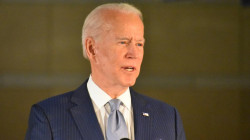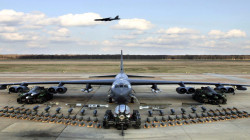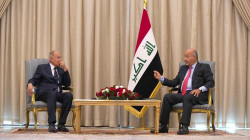Demography still plays a critical role in the Middle East

Shafaq News/ In days past, the demographic question was perceived as the key to the Israeli-Palestinian conflict. Everyone remembers the words of Yasser Arafat, who said the womb was the Palestinian national weapon to facilitate a majority between the river and the sea and the end of Israel. Those days have long passed, however, and it appears the Jewish majority is stronger than ever, among other factors because of immigration from Russia and Ethiopia, and rising birth rates in the Jewish sector.
Over the past decade, the discourse in the Middle East has reverted to demographics and counting births, deaths and emigration. This time, though, it no longer revolves around the Israel-Palestinian conflict, rather the Sunni-Shi’ite conflict and the clash between Iran and Arab countries, which has become a central component of the regional agenda. Demography plays a critical role in this fight, and when the need arises, the Iranians and their allies don’t shy from “engineering” the demographics to serve their hegemonic regional interests.
In Syria, where Sunnis represented some 60% of the general population on the eve of the country’s civil war, compared to President Bash Assad’s Alawite sect, which comprised just 12% of the population, a deep transformation has occurred. This transformation is the work of the Assad regime and its allies, Russia and Iran, which carried out an ethnic cleansing during which nearly one-third of the country’s residents—some 8 million people, the vast majority of whom were Sunnis from the rural areas—were either expelled or fled. Some 10 million Syrians currently reside in the territory under the Assad regime’s control, and the percentage of Alawites in those areas has just about doubled to around 25%, if not more.
In Iraq, too, a shift has taken place in the wake of the American occupation, which led to the removal of Saddam Hussein, who similar to his predecessors was a Sunni. The percentage of Shi’ites, who rule the country, has grown to some 65%, with the remainder comprising the Kurds and Sunni Arabs—who have been relegated to secondary status and many of whom have fled to Jordan, and even to Syria prior to the civil war.
In Lebanon, too, the Shi’ites have become the largest sect in the country, nearly one third of the general population, while the Christians, who have lost the majority they once held, now represent just a quarter of the population. The Sunnis and even the Druze, meanwhile, also represent around a third of the overall population.
In Lebanon, however, another transformation took place during the Syrian civil war: today one in three people in Lebanon (some 2 million out of a population of 6 million) is a Syrian or Palestinian refugee. Also worth noting is Jordan, where Palestinians comprise some two-thirds of the population compared to the Bedouins. Today, a third of the kingdom’s residents (some 4 million people out of a population of 11 million) are refugees from Iraq or Syria. In all these countries, the ramifications of this reality for their internal stability are obvious.
All of this is without even mentioning accelerated population growth alongside dwindling natural resources due to the global climate crisis, which has doomed many in the region to distress, shortages and poverty.
The Fertile Crescent is no longer Sunni as it was for a thousand years. This, of course, serves the hegemonic interests of Iran, which wants to enhance its status in the region by fanning ethnic tensions and does not hesitate to catalyze demographic shifts in the service of its goals. Once again, it appears that not everything that happens in the Middle East is because of Israel and its conflict with the Palestinians.
Source: Israel Hayom





